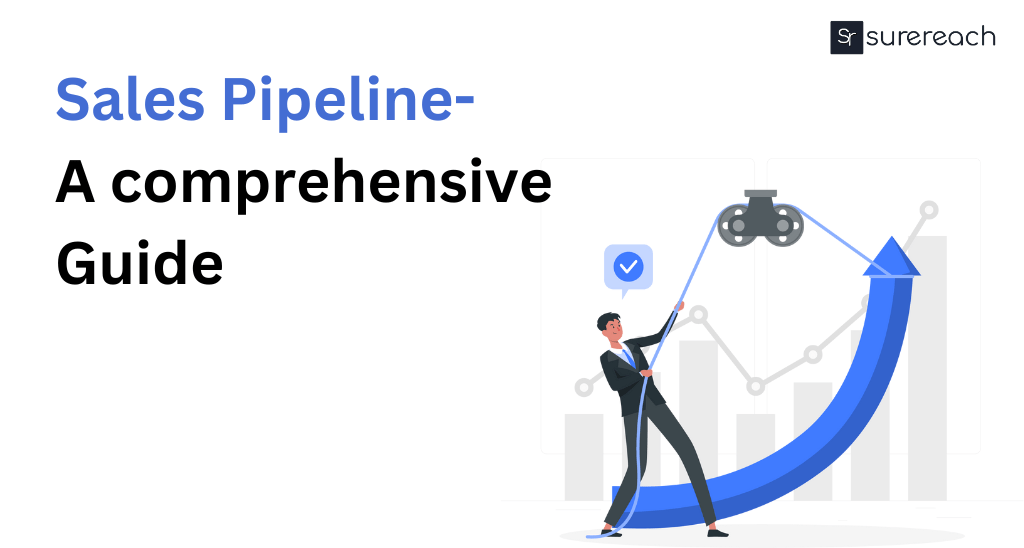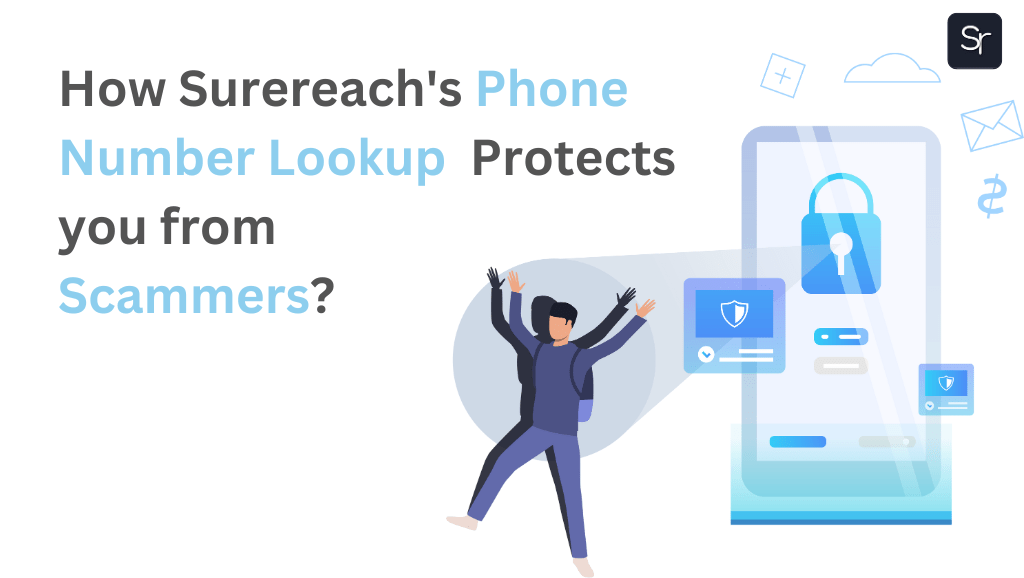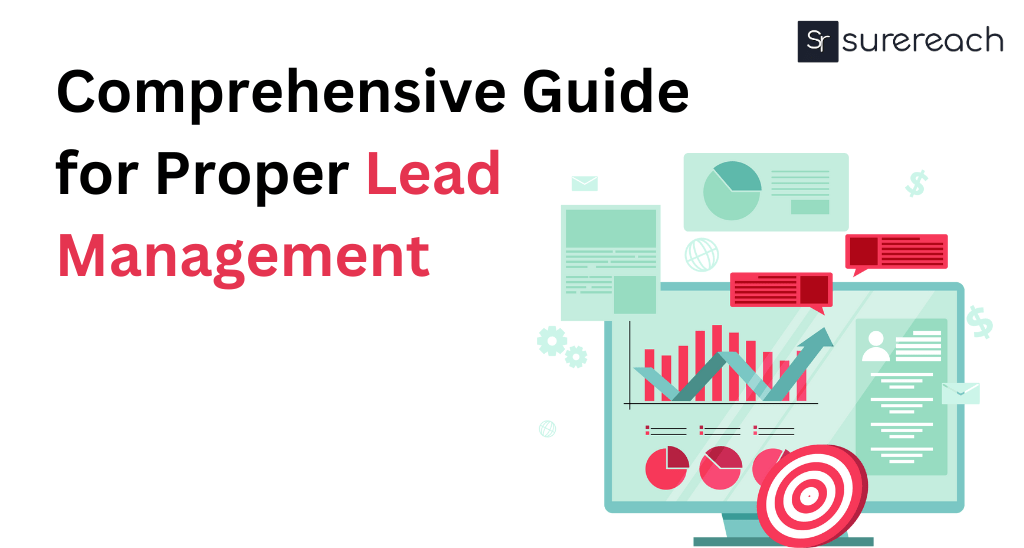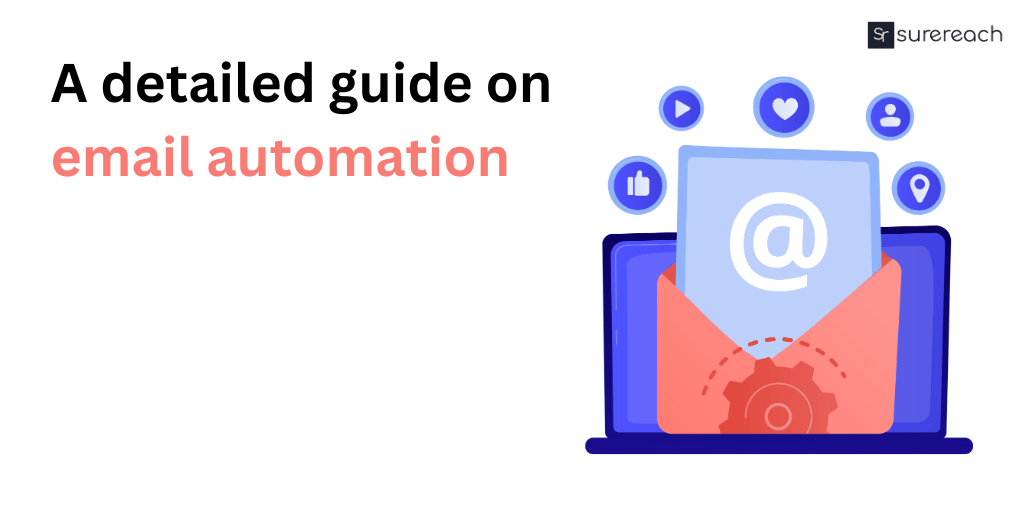Sales Pipeline
A prospective client or lead goes through a number of phases in a sales pipeline before becoming a paying customer. Sales teams often utilize internal sales pipelines to monitor the many steps that prospects go through before becoming a buyer or clients.
As a prospect advances through a company’s sales process, they are often pushed from one step to the next based on actions made by a salesperson.
The sales pipelines of a sales team, both individually and collectively, usually have a dollar value associated with them. The pipeline will show the leads that the sales team has contacted, the status of the transactions that are presently open, the anticipated closing date of these open agreements, and details on the offers that have fallen through.
What is a Sales Pipeline?
Leads are the first step in the process and are produced via cold phoning, internet advertising, and trade exhibitions, among other marketing initiatives. Following a lead’s entry into the sales funnel, the sales team will endeavor to qualify the lead by determining the lead’s need for the product and its affordability. In the event that the lead is a good fit, they go to the next pipeline level and are given the opportunity to learn more about the product through a meeting, demonstration, or presentation. They will then receive a proposition and have the option to buy something. Lastly, representatives will check in to ensure that clients are happy.
Sales Pipeline Meaning
In order to keep potential customers moving before they get cold but without exerting too much pressure, the sales pipeline is a crucial tool for controlling the sales process. It helps you determine what step to do next for each potential client. Sales representatives may evaluate their performance and pinpoint opportunities for development by having a thorough grasp of their sales funnel.
Get 20 FREE Credits on Booking a Demo Today.
Stages of a Sales Pipeline
Prospecting
Each company approaches prospects in a unique way, based on its customers, goods, and organizational design. For example, you may have a staff dedicated only to finding new leads, or your main source of leads might be marketing campaigns that include email marketing, social media interaction, and downloadable material.
Finding potential customers who need what you’re providing is always the first step in any pipeline, no matter how you go about it.
Qualifying
The goal of qualifying, also referred to as “research,” in lead pipelines is to identify potential customers who are a good fit for your offerings. Lead qualification can also occur later in the process, following a representative’s initial interaction with a prospective new client.
The process of qualifying leads is crucial since you don’t want your sales staff squandering their time on leads that are ineligible for your product, won’t purchase it, or might be the incorrect fit and cause issues later on. This phase involves using lead scoring to analyze fit and distinguish between cold prospects and hot sales-qualified leads.
Contacting
This is a rather simple procedure to follow. A salesman contacts a prospect for the first time at this point. You may accomplish this by text, phone, email, social media, text message, or face-to-face chat.
Prior to reaching out to prospects, make sure you’ve completed your due research and been meticulous during the qualifying phase. While targeting segments, concentrate your approach using the useful data you’ve gathered.
Creating Connections
It is insufficient to only sell to the client. From the first contact forward, you have to show that you’re aware of your prospect’s demands.
At every step of the buyer’s journey, your representatives should be fostering connections and providing support to potential customers.
Lead nurturing does not imply that your representatives should bug your clients with obnoxious calls or emails. Sending an article that addresses the prospect’s particular problems or simply like their postings on LinkedIn might suffice. It may be as easy as paying attention to criticisms and answering them honestly. Gaining your prospects’ confidence is essential to getting them to feel comfortable making a purchase from you.
Closing the Deal
It’s time to seal the transaction after your representatives have established contact, described your offering, and gained confidence.
How should a sale be requested? That really relies on your clients, organization, and representatives. Sometimes the client responds with an emphatic “yes.” You may occasionally have to give in order to close a deal, but you should always be prepared to accept those particular compromises up front.
If a client vanishes just before a transaction, try to get in touch with them a few times before sending a message letting them know you understand that now might not be the best moment and they can get in touch with you when they’re ready.
Following Up with Cold Leads
Speaking of which, one step in your pipeline needs to be reaching out to cold leads. It doesn’t follow that they aren’t ready to buy today just because they weren’t when you initially approached them.
Regularly check in to find out how they’re doing and how they’re feeling (this is also a component of the developing connections stage). You never know; perhaps they suddenly have resources, power, or requirements that they did not have previously.
It’s also a fantastic chance to evaluate how you approached the earlier phases.
Also Read: https://surereach.io/blog/sales-cycle-strategies-for-success/
Sales Pipeline vs Sales Funnel
The main distinction between the phases in a sales pipeline and those in a pipeline for other purposes is how the stages are presented. Sales pipelines can convey information about the amount or size of a possible sale, the overall value of a contract, and the status of an open deal.
Conversely, sales funnels let marketing teams monitor the number of prospects that are traveling down the funnel and show them how to discover a firm.
A sales pipeline is concentrated on a company’s activities and its attempts to create leads and determine whether they are the proper match for what they are offering. This is another distinction (one that we have discussed). The prospect’s journey—how they learn about a company and progressively get closer to completing a purchase—is the main emphasis of a sales funnel.
Put differently, a sales pipeline symbolizes the method by which sales teams convert a potential client into a paying customer. A sales funnel, on the other hand, shows the customer’s travel through the purchase process.
A sales pipeline is a useful tool for businesses to assess the efficiency of their sales force. As an illustration, most sales teams monitor the number of qualified prospects they engage with and receive interest from, the number of meetings or demos they do, the number of proposals they send out, and the number of deals they close.
On the other hand, a marketing team may track how potential customers locate their company and the marketing channels they utilize by employing a sales funnel. Marketing teams may use this data to assess the effectiveness of their marketing campaigns if they might save money, and whether their budget is being used wisely.
Conclusion
If you think this article is useful, please visit our website to grow your company. Surereach can assist you in boosting sales and converting more leads by obtaining the confirmed phone numbers and email addresses of the important decision-makers at 3M+ companies. You may find new chances fast with Surereach, the fastest way to find verified contact information for any professional.
Surereach is the fastest way to obtain the email addresses and phone numbers of top decision-makers in any firm.








Sanidhya Arora
More posts by Sanidhya Arora